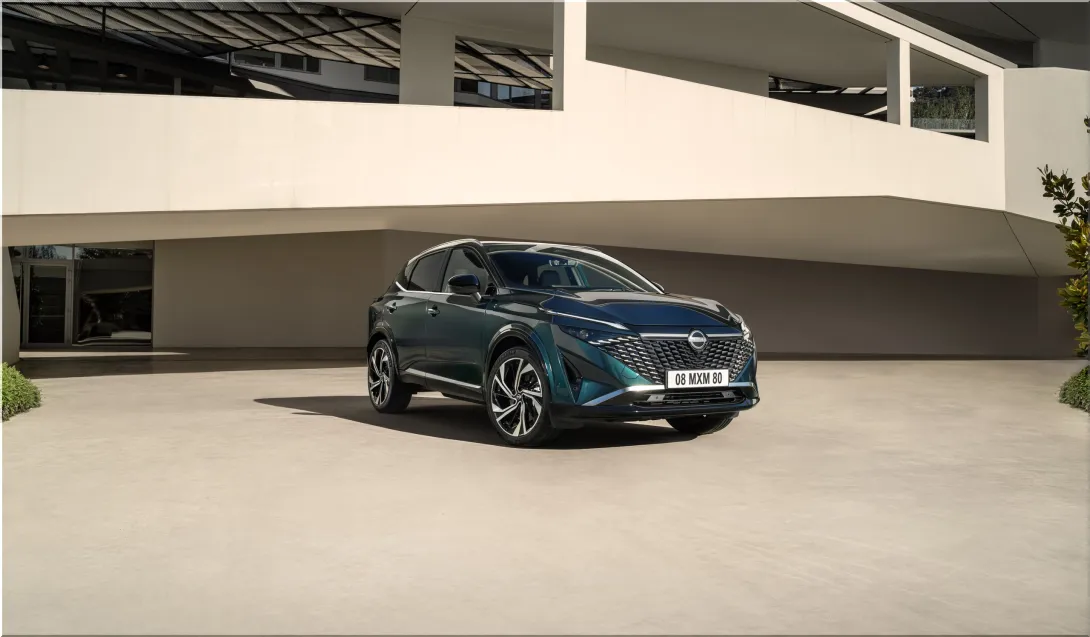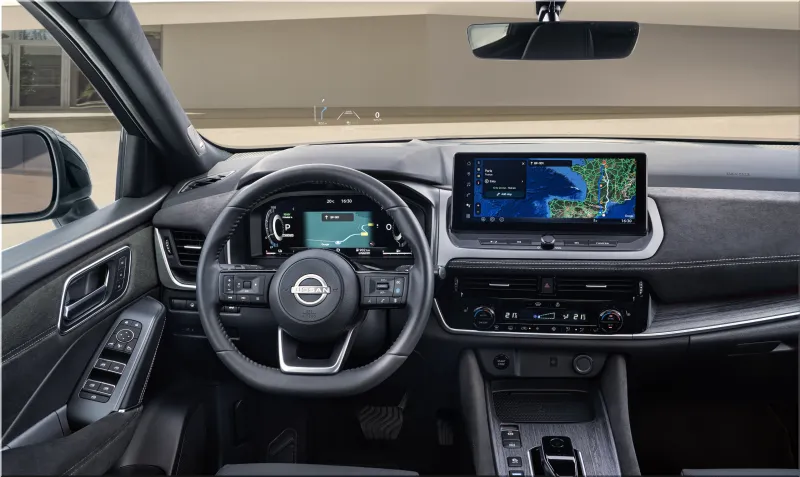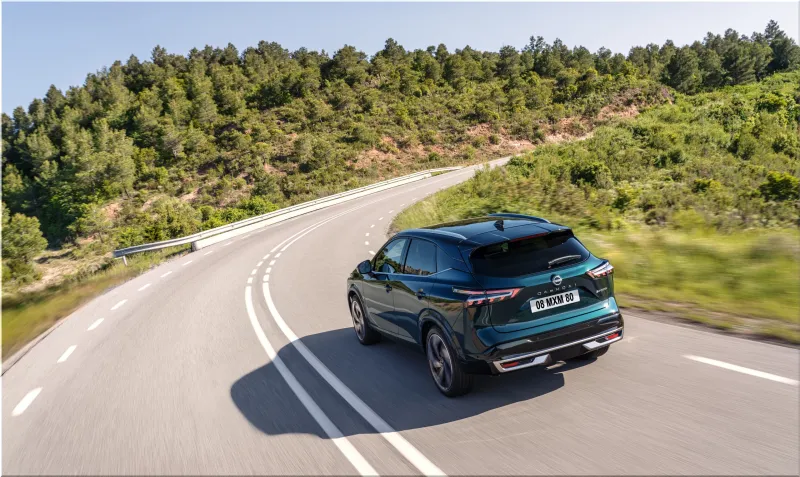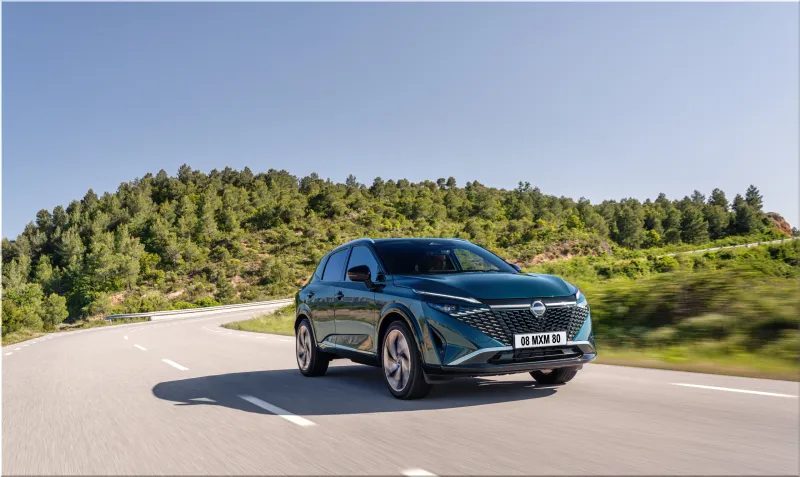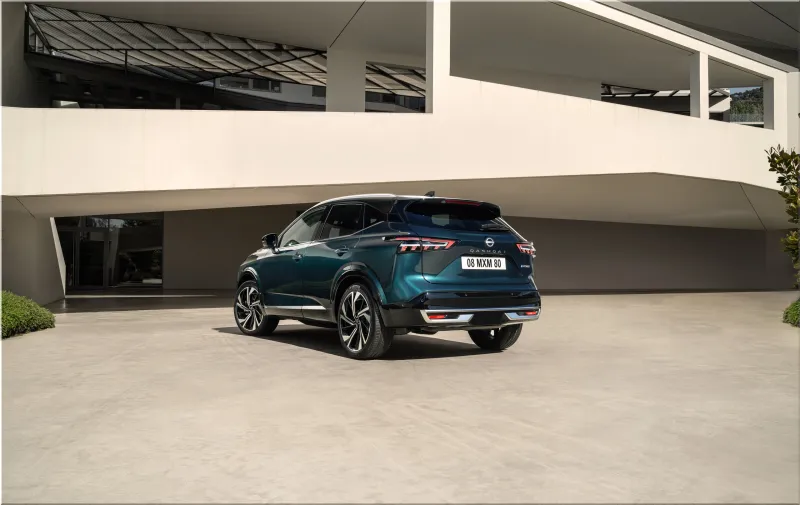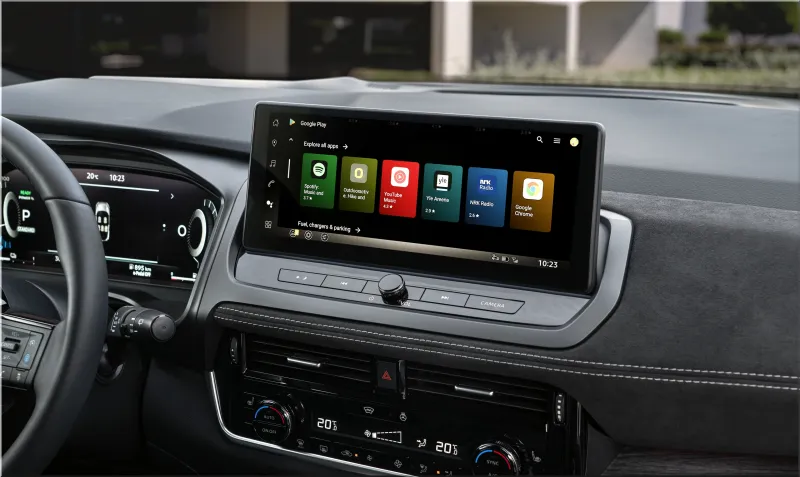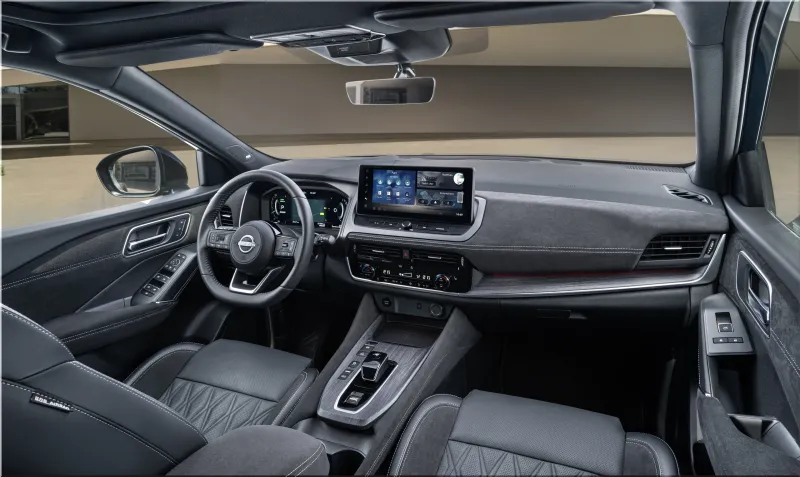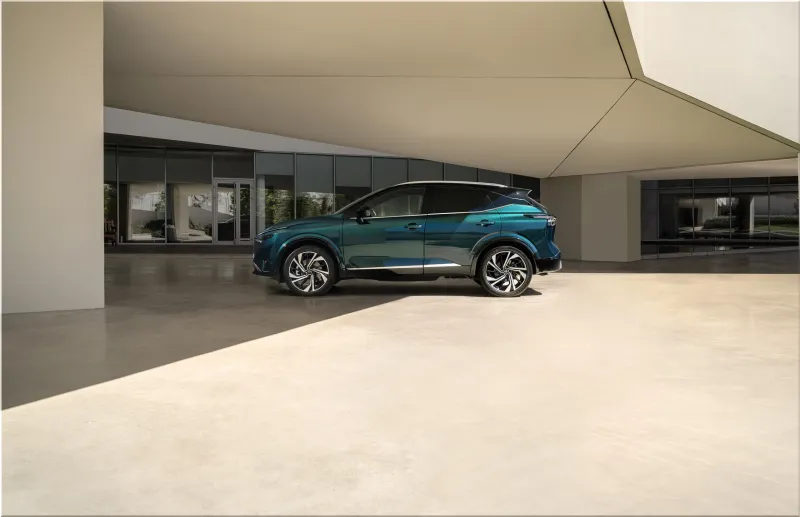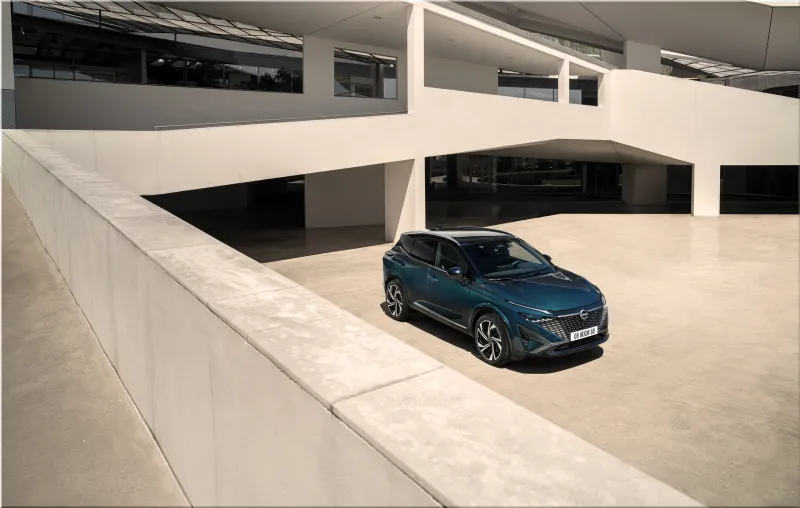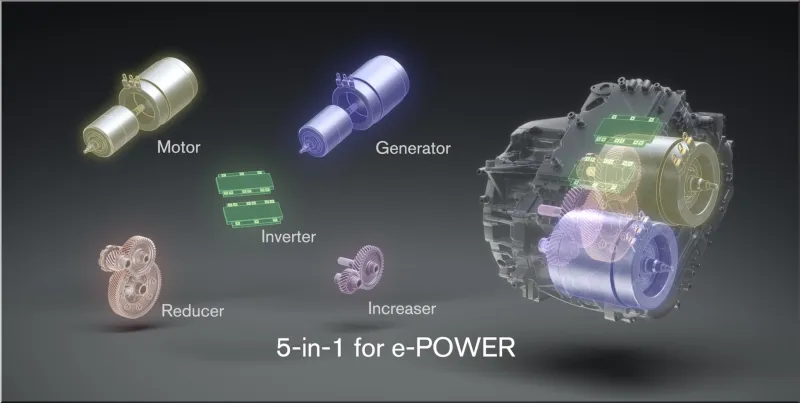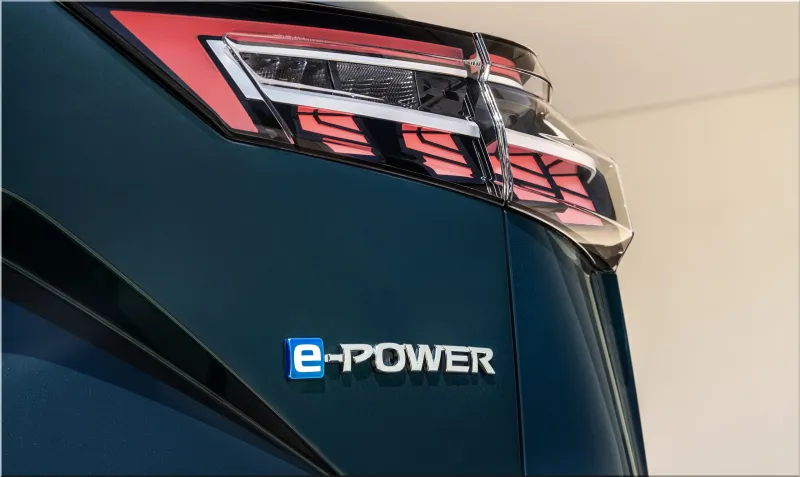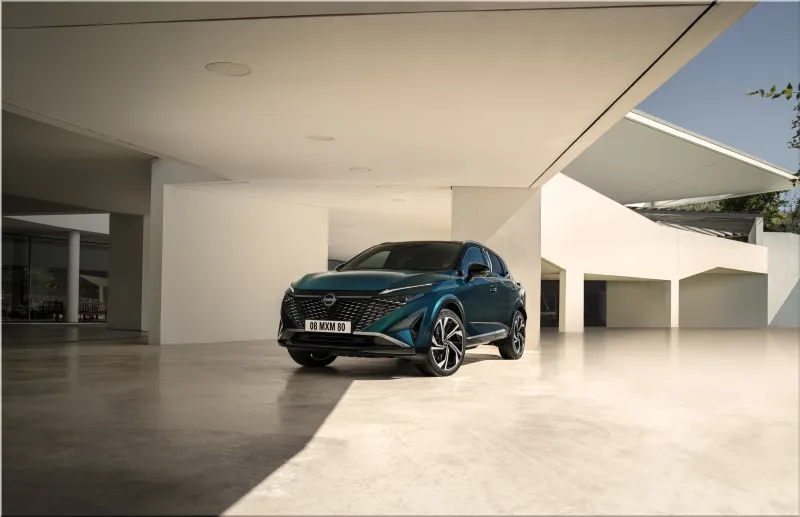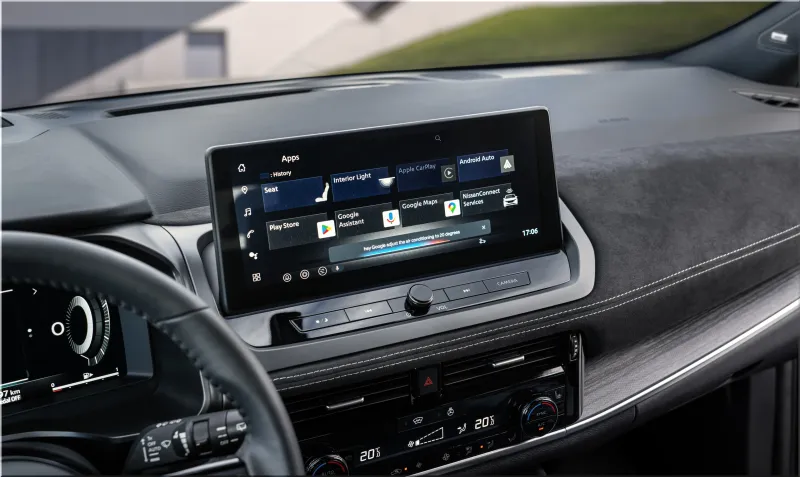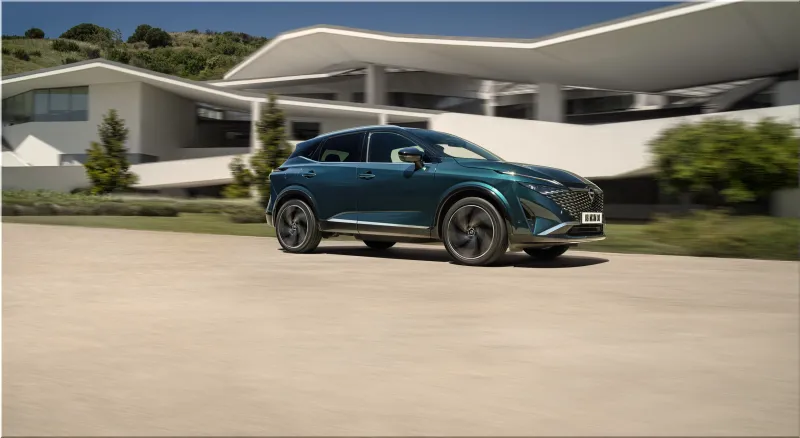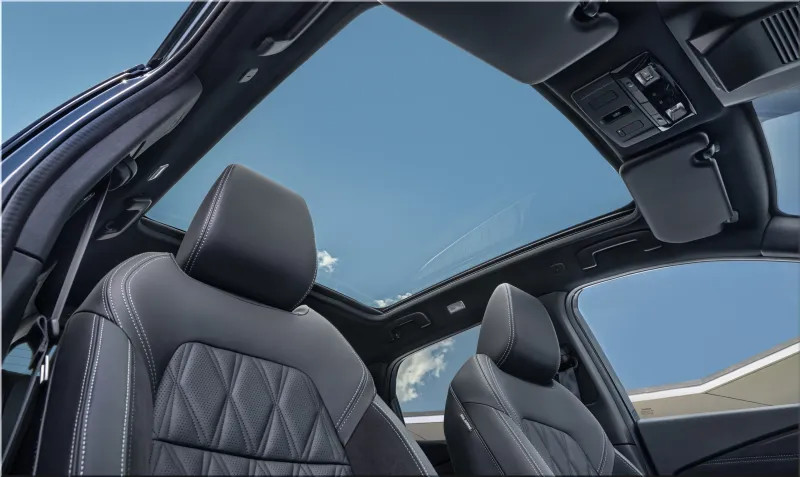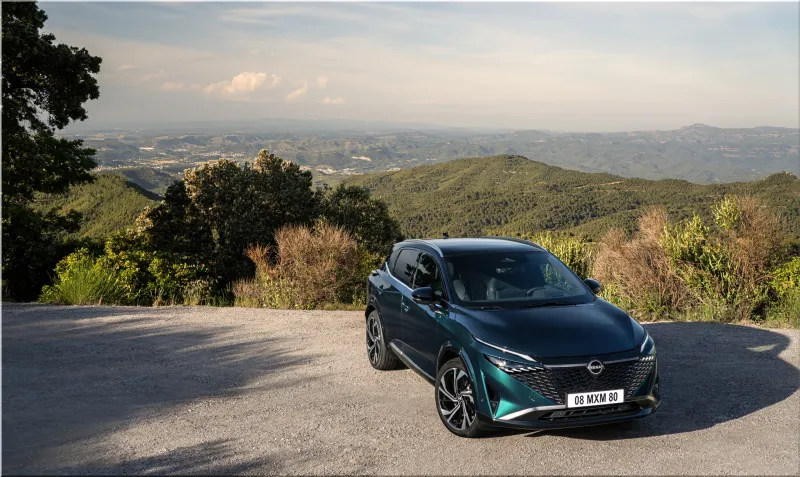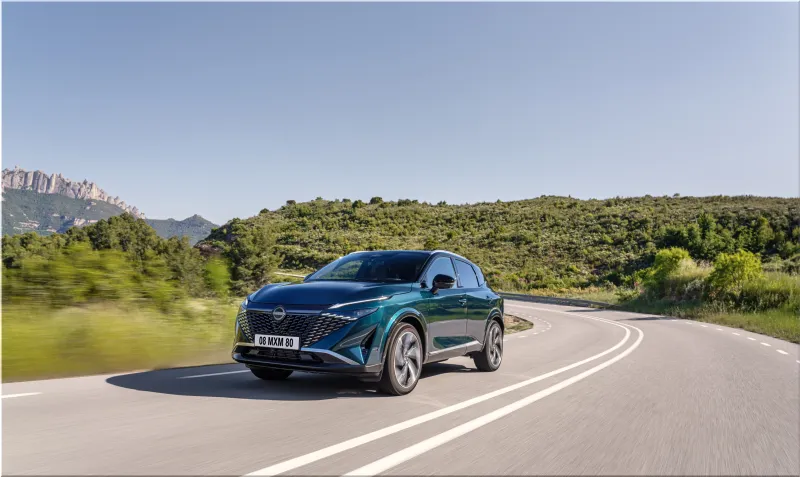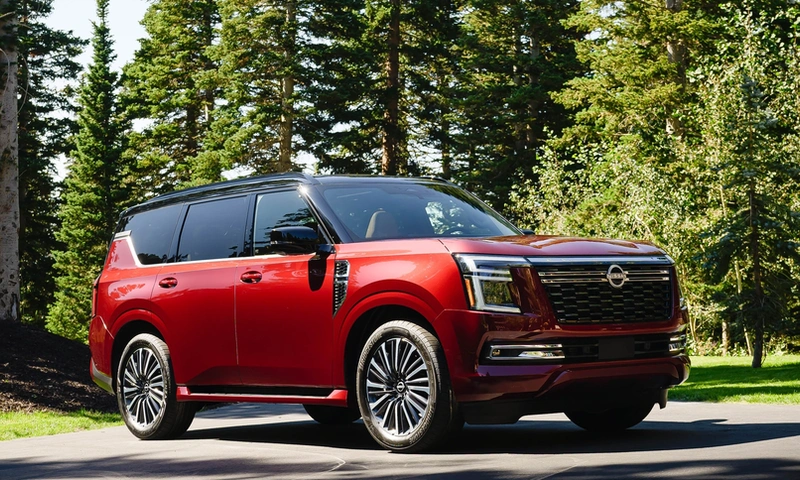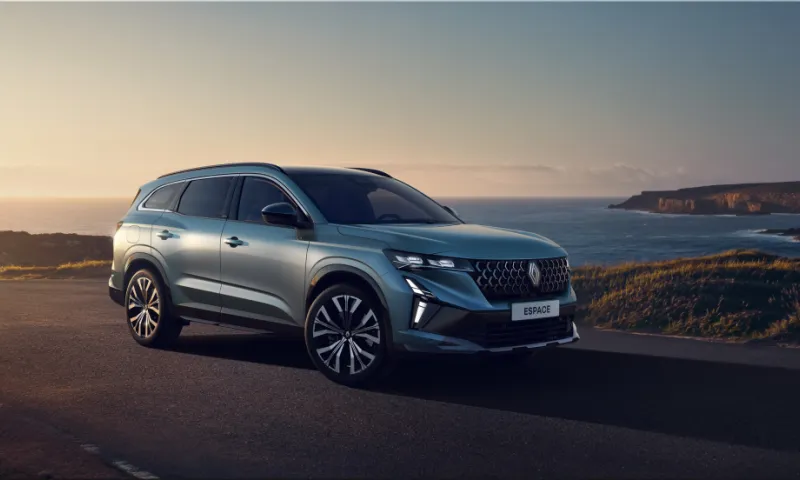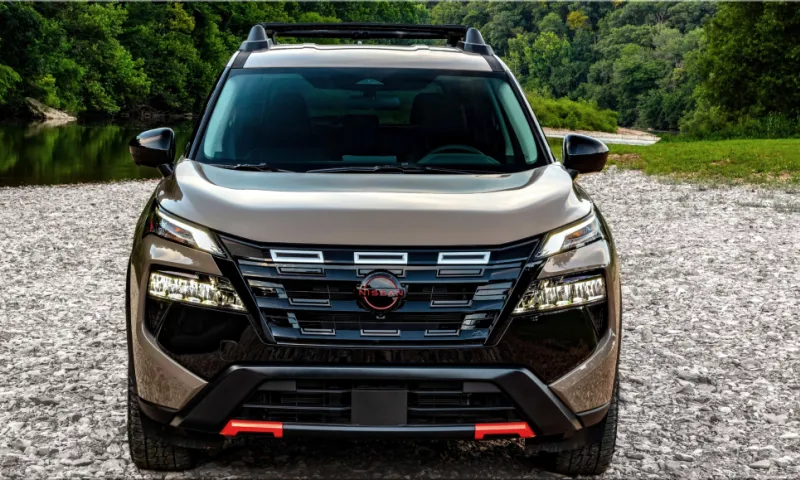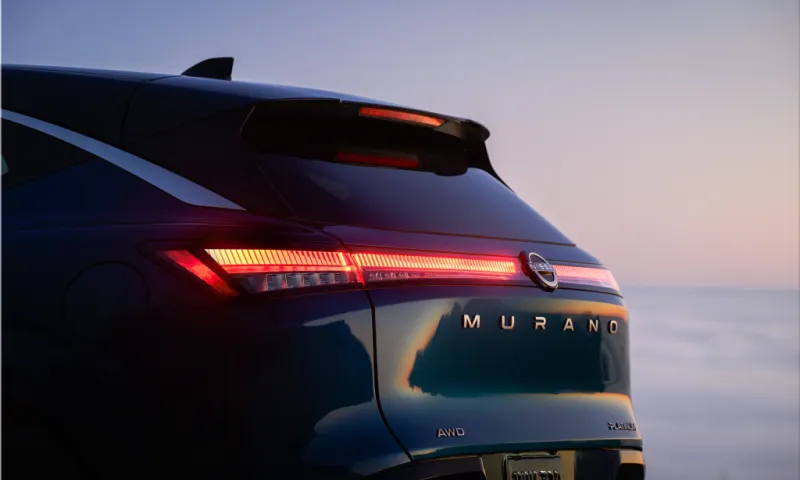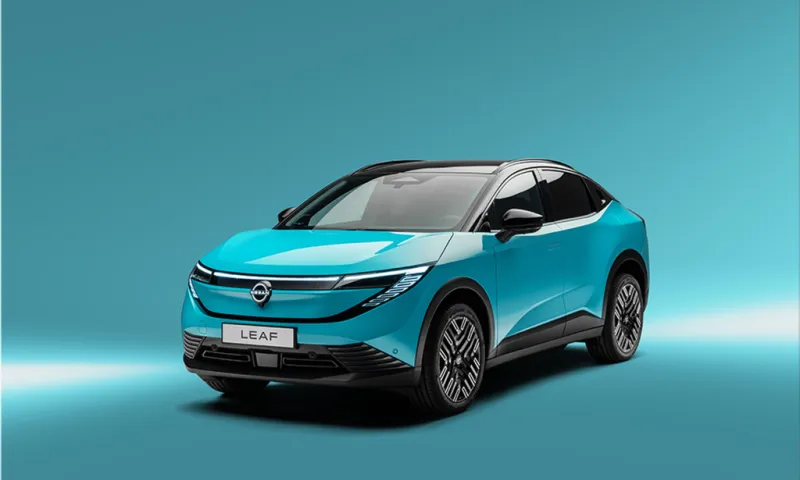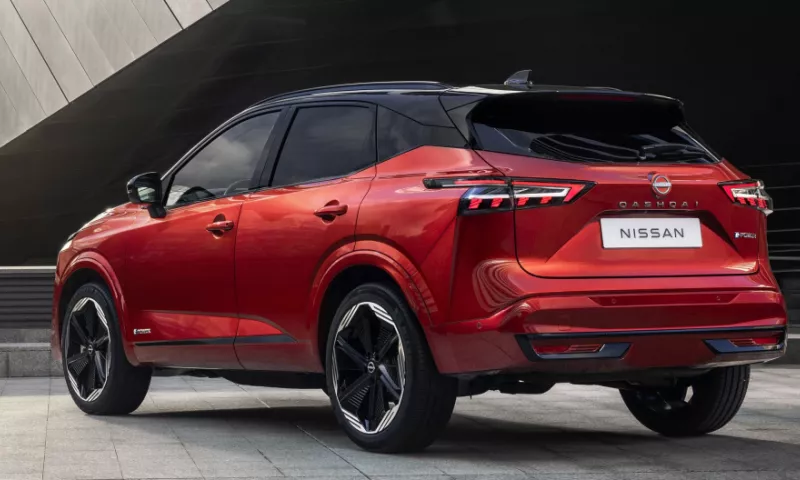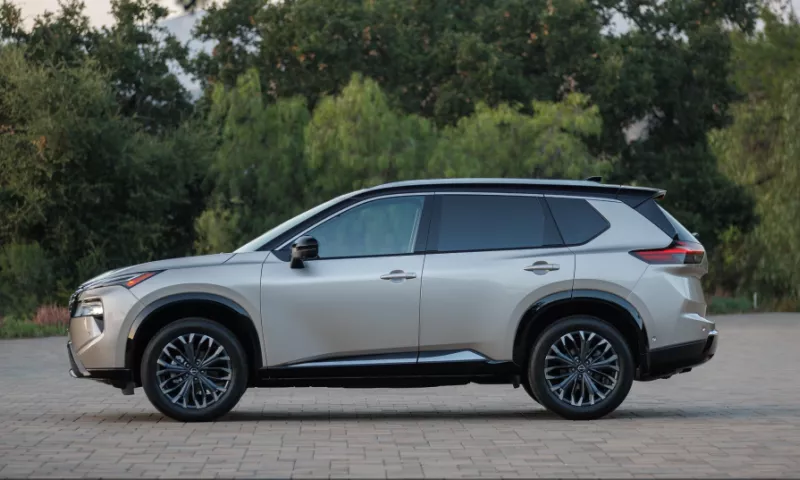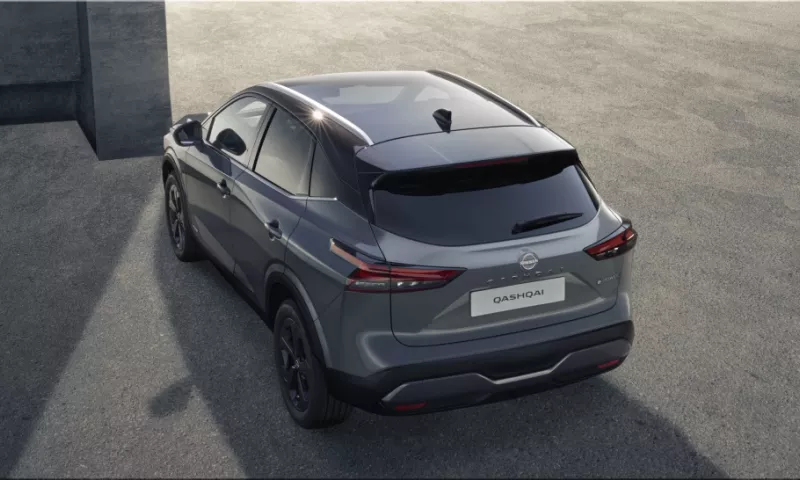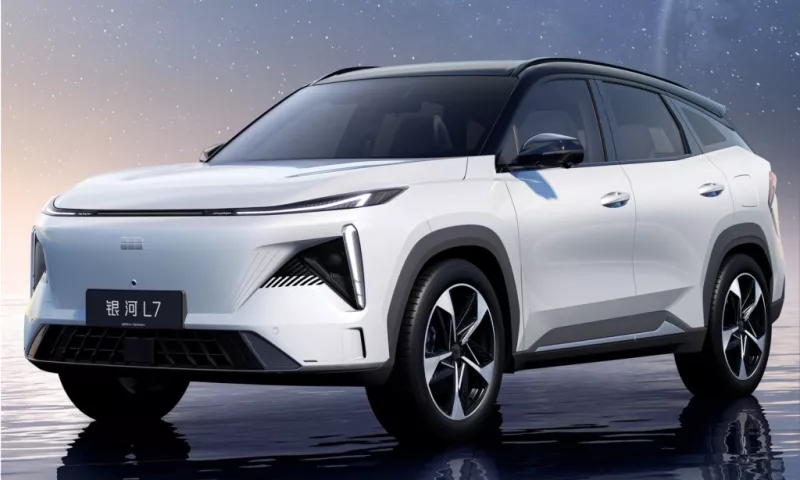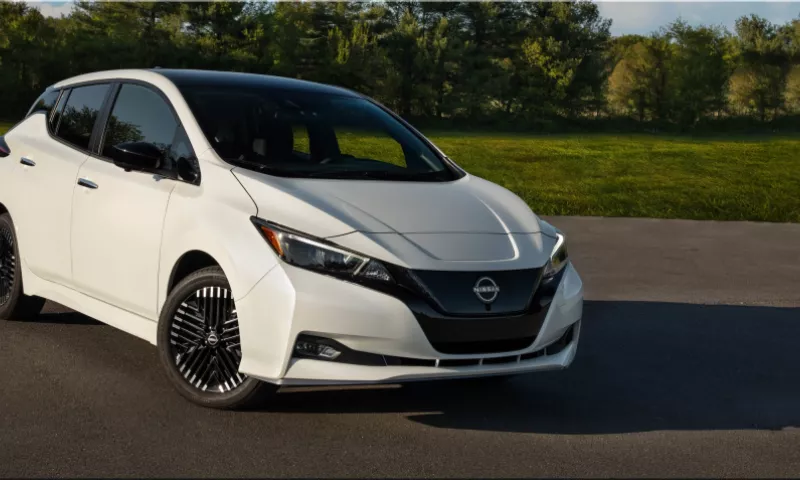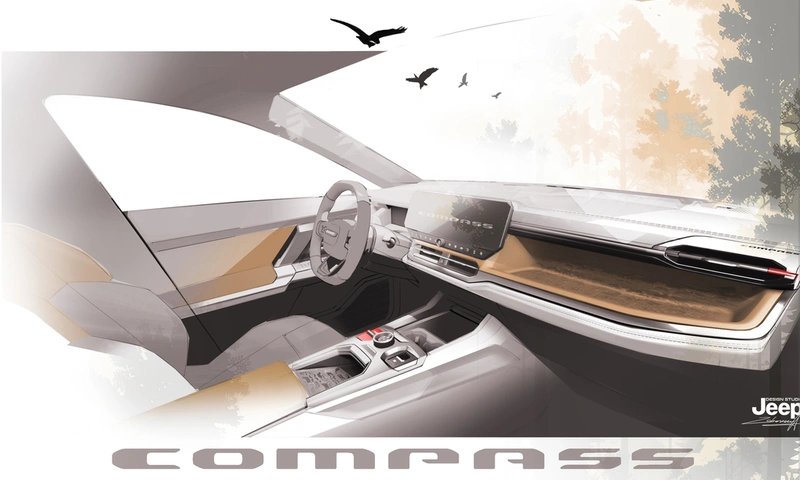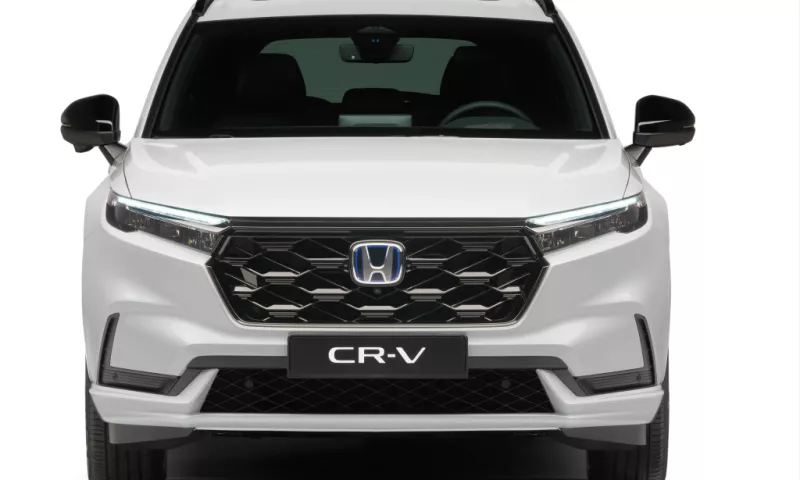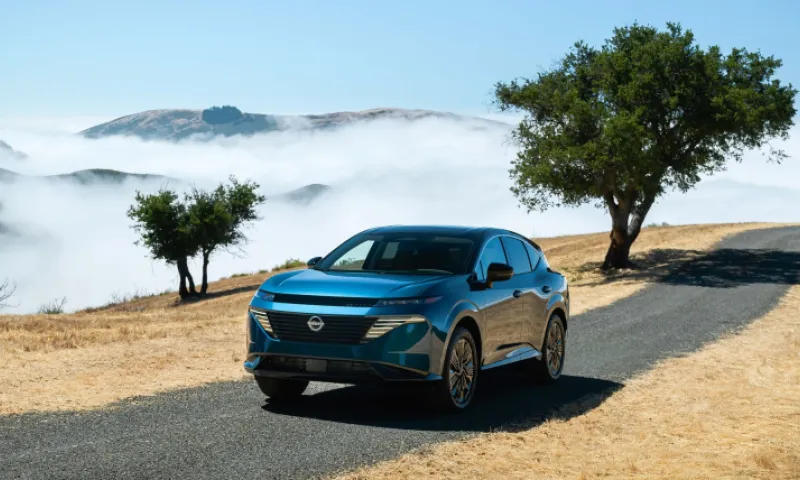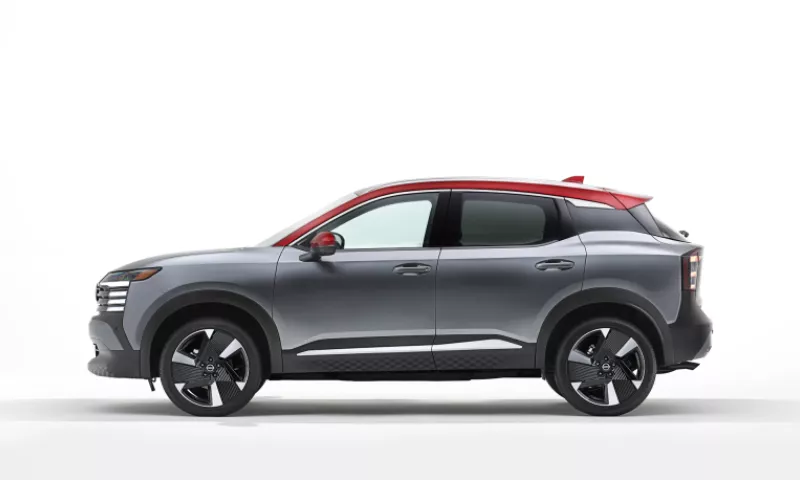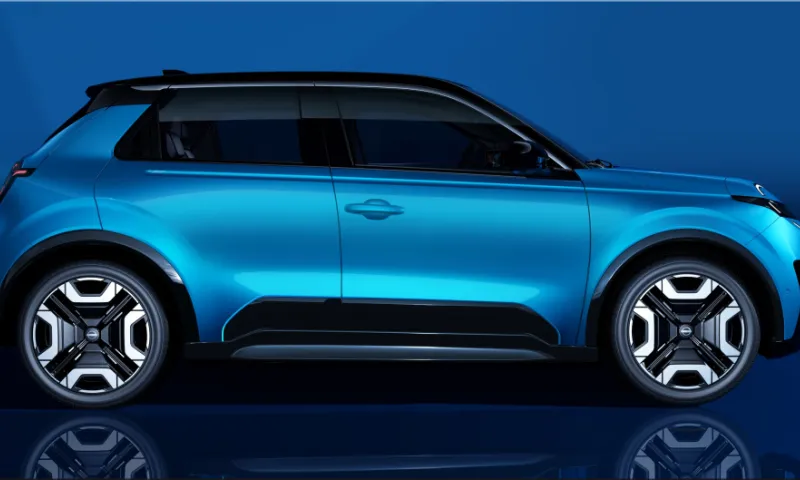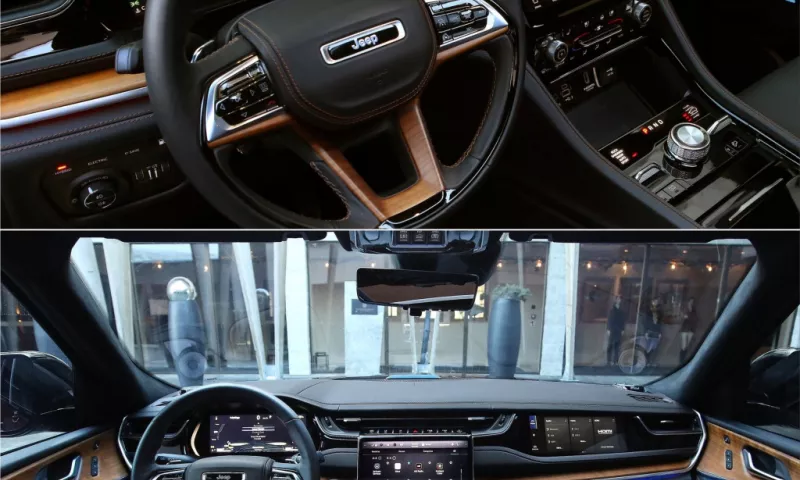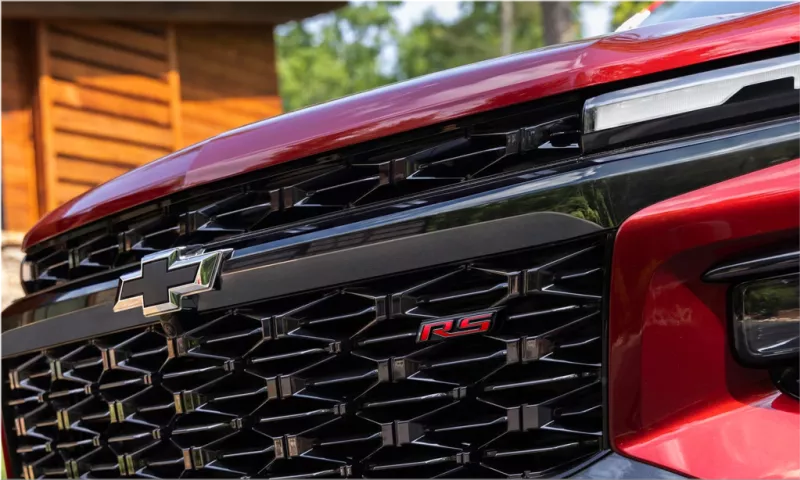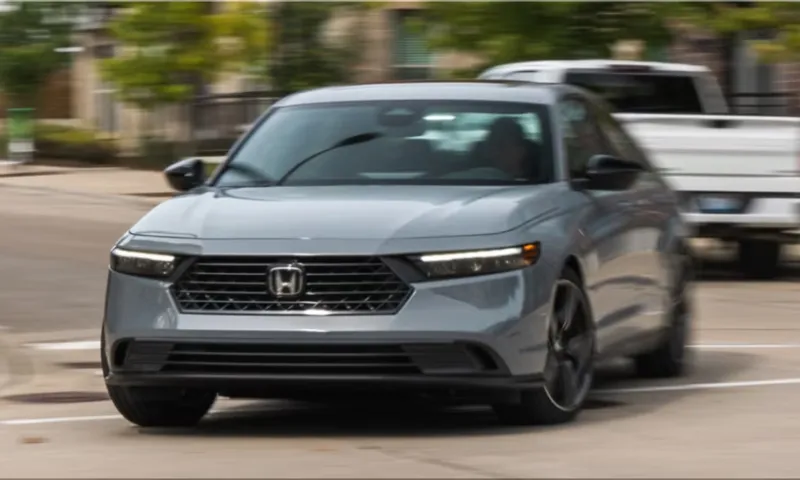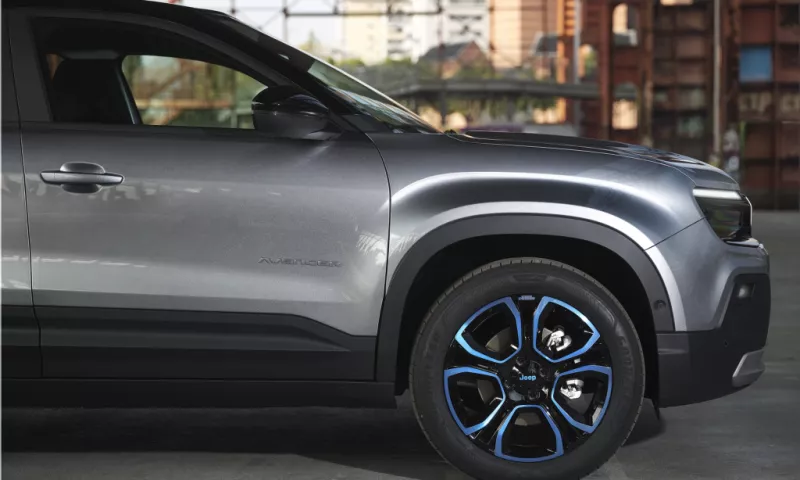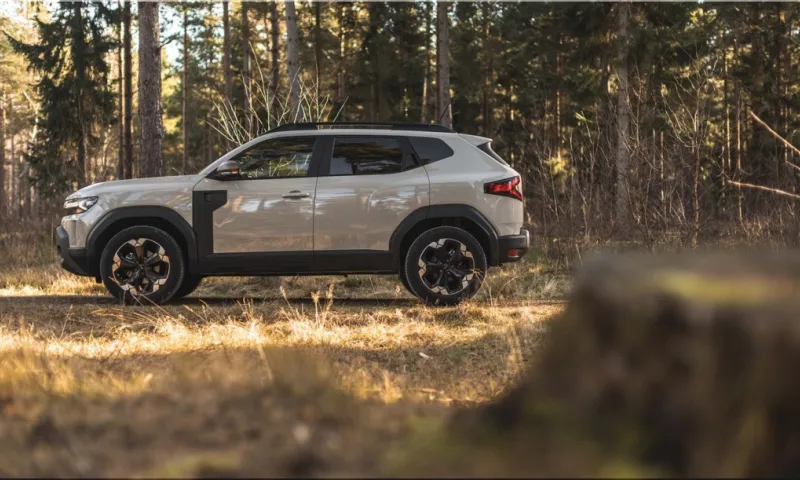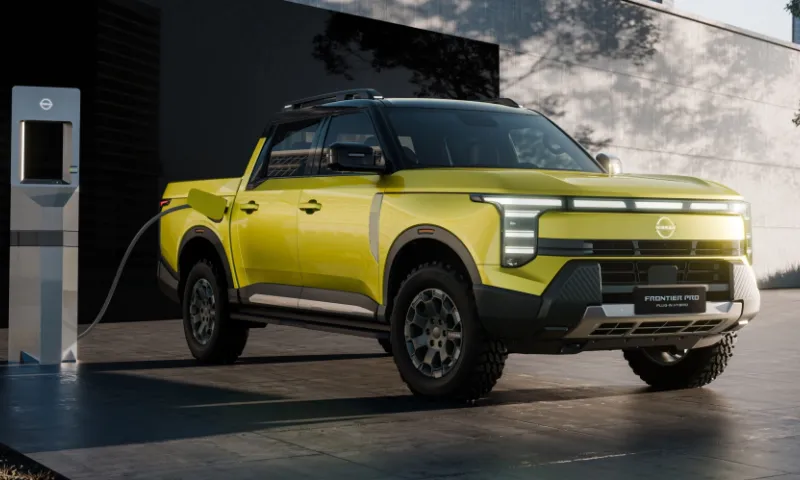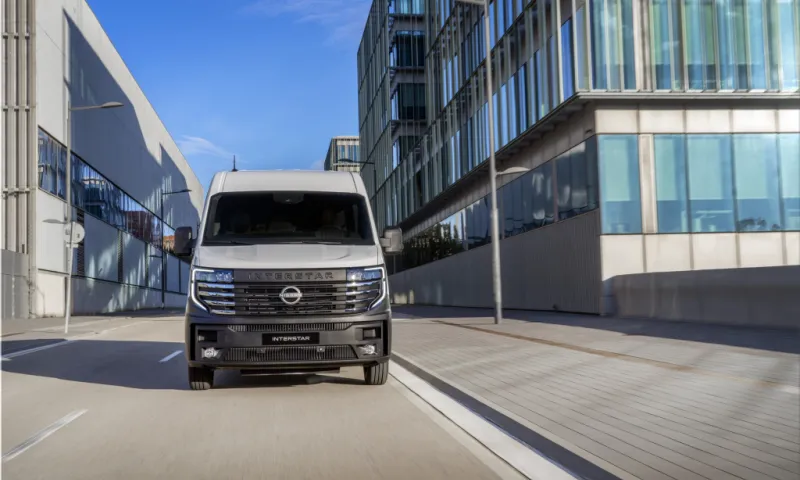New Powertrain, Real Impact
The 2025 Nissan Qashqai e-POWER arrives with one mission: provide electric-like driving without changing how people use their vehicles. Nissan’s latest hybrid technology eliminates plug-in charging while delivering a genuine electric motor experience. The result? 4.5L/100km fuel consumption, 102g/km CO₂ emissions, and a theoretical range of 1,200 kilometers—all without a plug or range anxiety.
How e-POWER Works
Unlike traditional hybrids, Nissan’s e-POWER doesn't mechanically connect the petrol engine to the wheels. Instead:
- The 1.5-liter turbocharged three-cylinder engine acts solely as a generator.
- Power is delivered to the wheels by a single electric motor.
- Regenerative braking converts kinetic energy into electricity, recharging the battery.
This separation simplifies the drivetrain, reduces moving parts, and sharpens throttle response. The driving experience mirrors an EV—smooth, quiet, and immediate.
Performance and Engineering Breakdown
Core Specs
| Feature | Value |
|---|---|
| Fuel Economy (WLTP) | 4.5 L/100km |
| CO₂ Emissions | 102 g/km |
| Theoretical Range | 1,200 km (746 miles) |
| Power Output | 151 kW (202 hp) |
| Battery Capacity | 2.1 kWh |
| Engine Displacement | 1.5L, 3-cylinder turbocharged |
| Thermal Efficiency | 42% |
| Torque Delivery | Instant via electric motor |
| Transmission | None (direct drive) |
Key Powertrain Changes
- 5-in-1 Modular Unit: Integrates the motor, generator, inverter, reducer, and increaser for weight and packaging gains.
- All-new Engine: Although it maintains the same displacement, this is a complete redesign with proprietary STARC combustion tech.
- Turbo Upgrade: A larger turbo supports lower engine speeds (by 200 rpm on highways), improving acoustic comfort and efficiency.
- Improved Lubrication: Switch to 0W16 oil reduces friction.
- Extended Service Intervals: From 15,000 km to 20,000 km (approx. 12,500 miles), reducing ownership costs.
Real-World Fuel Savings
The upgrades aren’t theoretical. Nissan says real-world fuel economy improves by 16%, with highway consumption reduced by 14% compared to the previous model.
Fuel Cost Comparison (USD)
| Vehicle | Fuel Cost per 100 km | Range per Full Tank (55L est.) |
|---|---|---|
| 2025 Nissan Qashqai e-POWER | ~$5.40 | ~1,200 km |
| Traditional Compact SUV | ~$8.70 | ~800 km |
| Plug-In Hybrid (average) | ~$6.00 | ~900 km |
Assumes average gas price of $1.20/L (approx. $4.50/gallon in the U.S.)
Refinement, Not Noise
Cabin noise is down by 5.6 dB compared to the previous e-POWER setup. At low speeds, the electric-only drive delivers near-silent operation. On highways, sound insulation improvements and the quieter engine cut fatigue during long trips.
EV Driving Without a Plug
Nissan’s e-POWER system provides EV-like torque with no gearshifts and no plug-in charging. Here’s how it compares:
e-POWER vs. EV vs. Hybrid
| Feature | e-POWER | Plug-In Hybrid | EV |
|---|---|---|---|
| Plug-in Required | No | Yes | Yes |
| Range Anxiety | None | Moderate | High (for some drivers) |
| Engine Drives Wheels | No | Sometimes | No |
| Fueling Time | ~5 minutes (gas station) | 30–60 min (DC) | 30–60 min (DC) |
| Driving Feel | Fully electric | Mixed | Fully electric |
| Regenerative Braking | Yes | Yes | Yes |
